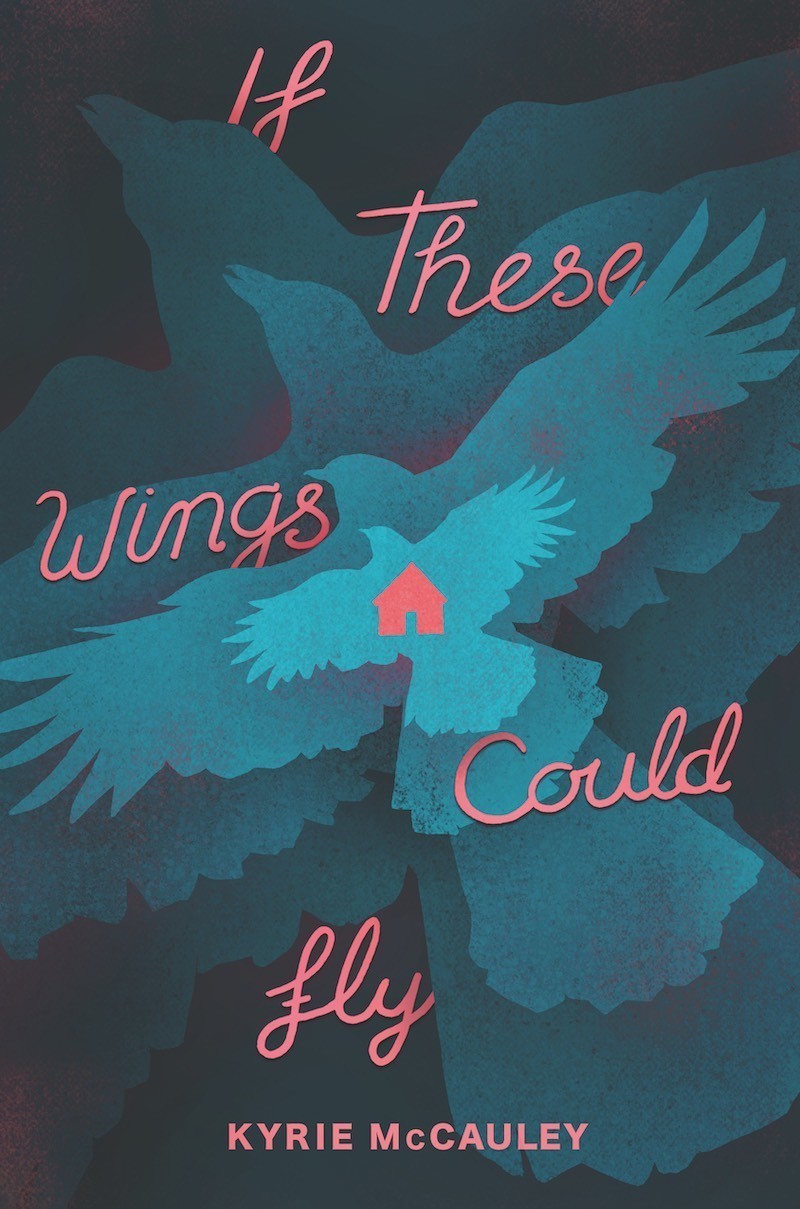Chapter 77
byChapter 77 of If These Wings Could Fly opens with a serene yet poignant scene as the early morning light gradually envelops the yard. As the sun begins to rise, the familiar sound of crows awakens the stillness, filling the air with their graceful movement. A particular flash of gray among the sea of black birds catches the eye, prompting Juniper to quietly whisper a goodbye to Joe, a simple yet meaningful gesture that indicates a profound emotional connection to someone not physically present. This moment, though subtle, reveals a deeper layer of sentiment, highlighting the bonds that go beyond the visible and the power of shared, unspoken understanding between individuals.
As the crows gather momentum, their synchronized flight mirrors a reverse domino effect—each bird following in the path of the one before it, creating an almost hypnotic pattern in the sky. What begins as a small group of birds gradually grows into an awe-inspiring spectacle, with thousands and then tens of thousands of crows filling the sky. The sunlight, casting a warm glow over their dark feathers, creates a striking visual—a scene where it feels as though the birds are on fire or undergoing a rebirth, akin to phoenixes rising in unison over the horizon of Auburn. This imagery becomes an emblem of hope and renewal, symbolizing the end of a long, dark chapter in the characters’ lives and the beginning of something brighter. The crows’ flight represents the power of transformation, and the vivid, fiery display offers a visual metaphor for the emotional shifts happening within the characters themselves, reinforcing the underlying themes of rebirth and the promise of a new beginning.
As the scene unfolds, the moment intensifies when Campbell and Juniper step closer to the narrator, each taking one of their hands in a quiet yet deeply symbolic gesture. This simple act of connection brings an overwhelming sense of peace and calmness to the narrator, marking a powerful emotional shift. The frantic, almost chaotic feeling that had been symbolized by the “winged thing” stirring in their chest begins to subside, giving way to a profound sense of safety and stillness. The overwhelming emotions that had once clouded their mind now settle into a tranquil quiet, signifying the end of their inner turmoil. The peaceful moment reaches its climax when the narrator, enveloped in the comforting embrace of their family’s support, softly declares, “We’re home.” This statement, though simple, holds deep emotional weight, signifying a return to a place of emotional security and belonging. It encapsulates the emotional journey of the chapter, emphasizing the importance of family and the stability it provides in moments of uncertainty and change.
The concluding imagery and emotional resolution in this chapter serve as a powerful affirmation of the themes of hope, renewal, and connection that have been woven throughout the story. The symbolic flight of the crows, rising from the darkness into the light of the new day, mirrors the characters’ own transformation as they emerge from a period of struggle into one of healing and growth. The sense of safety and emotional comfort that envelops the narrator upon being surrounded by loved ones reinforces the central role that familial bonds play in the journey toward emotional recovery and peace. The chapter’s end, with the narrator’s declaration of being “home,” ties together the overarching themes of finding one’s place in the world, the healing power of love, and the promise of a brighter future. The profound connection between the characters, expressed through simple but meaningful actions, exemplifies the emotional depth of the story, showing that the path to healing and transformation is often shaped by the support and love of those closest to us.
In addition to the emotional and symbolic elements, the chapter also offers a sense of closure and resolution for the characters’ journey. The once-frantic, turbulent emotions have been replaced with a sense of calm, and the sense of belonging that the narrator experiences is both a personal triumph and a collective victory shared with the people who have supported them. The metaphorical rise of the crows and the warmth of the new dawn serve as the perfect backdrop for the emotional rebirth taking place within the narrator, signaling that no matter how dark the past may have been, the future holds the promise of renewal. This moment, framed by the powerful imagery of flight and the emotional transformation of the characters, provides a sense of peace and finality, reminding readers that healing is not just possible but is often found in the connections we make with others and the support they provide. The chapter ultimately encapsulates the themes of transformation, hope, and the power of family, leaving readers with a sense of closure and anticipation for what lies ahead.

